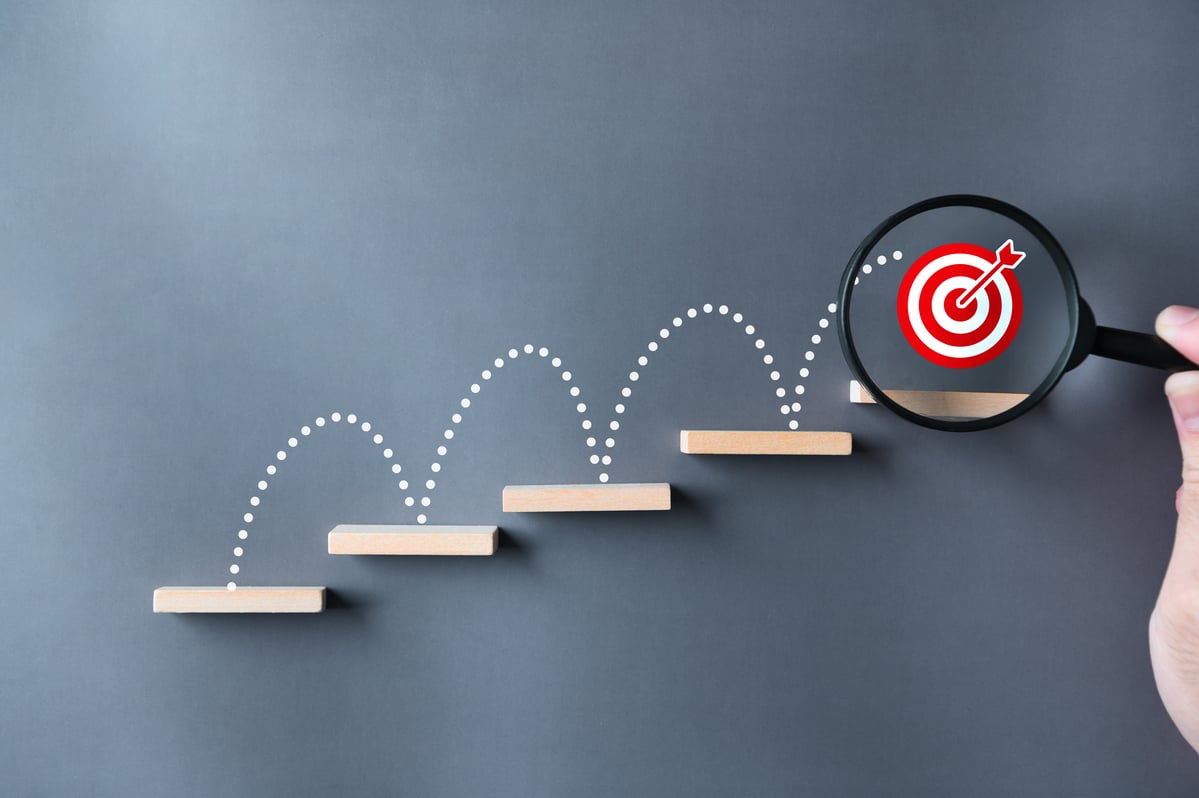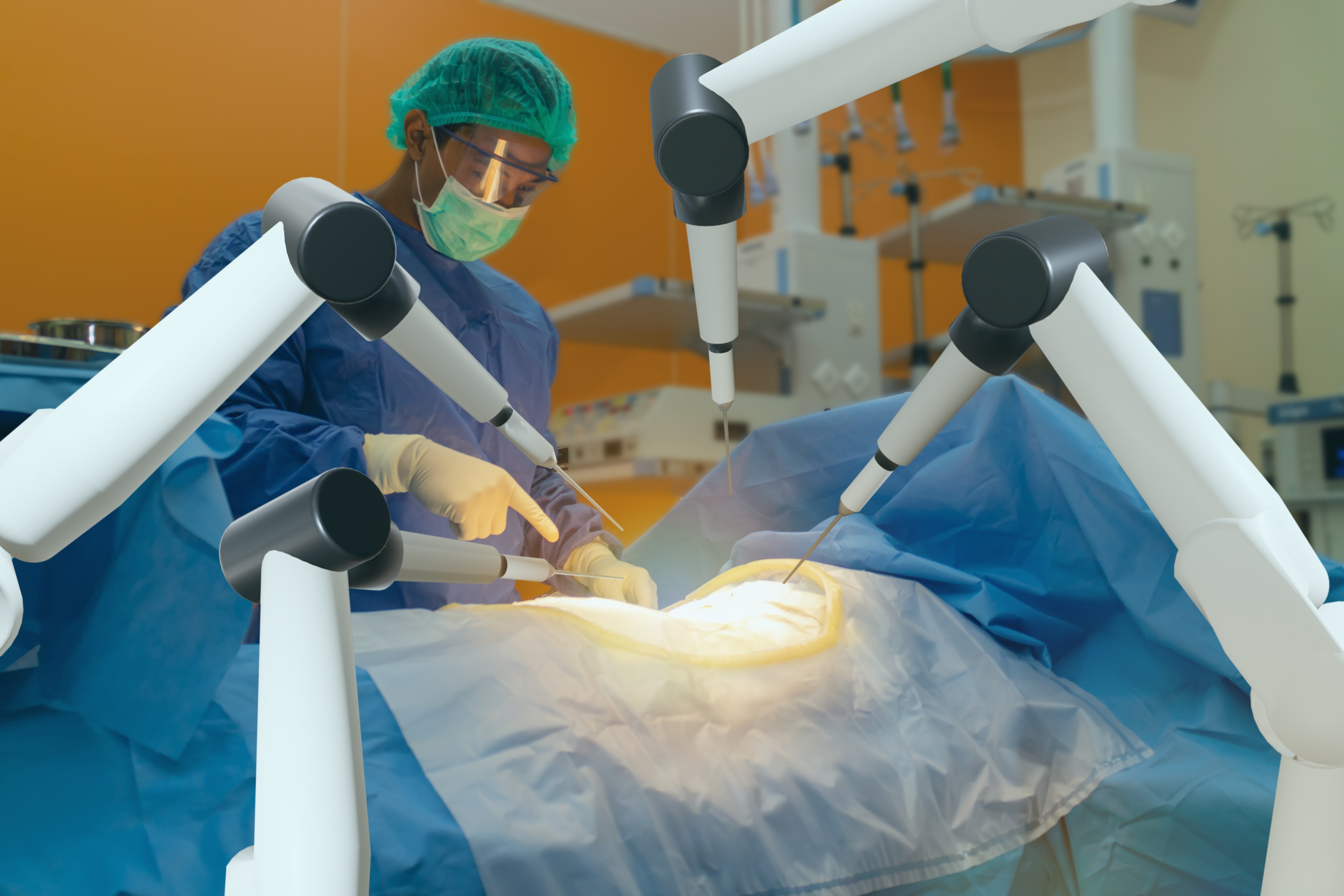A little over three weeks ago, lawmakers passed and President Trump signed the Coronavirus Aid, Relief, and Economic Security (CARES) Act into law. This $2.2 trillion stimulus package, which was passed in direct response to the economic and labor market disruption caused by the coronavirus disease 2019 (COVID-19), provides $500 billion in loans to distressed industries, $350 billion in small business loans, and bolsters the unemployment program with an additional $260 billion.
But the standout component of the CARES Act, at least when it comes to the American public, is the $300 billion that's been set aside from direct stimulus payments to American workers and senior citizens.

Image source: Getty Images.
Will I be receiving a stimulus check?
A majority of Americans will wind up qualifying for a coronavirus relief check, with income and filing status primarily determining eligibility. Note, the Internal Revenue Service (IRS) is relying on your most recent tax filing to determine your adjusted gross income (AGI) and filing status. If you've already filed your 2019 federal tax return, it'll be used to determine your eligibility. If you've elected to wait to file your 2019 federal taxes -- the federal tax deadline for the 2019 tax year has been pushed back to July 15, 2020 -- your 2018 AGI and filing status will be used.
For single filers, the most you can expect to receive is $1,200, with married couples filing jointly netting up to $2,400. This maximum payout is available to single filers, married couples, and head-of-household filers with less than $75,000, $150,000, and $112,500 in respective AGI.
At the other end of the spectrum, single, married filing jointly, and head-of-household filers with more than $99,000, $198,000, and $136,500 in respective AGI will be completely exempted from receiving an economic stimulus check.
If your AGI happens to fall in-between this upper bound where payouts cease and the lower bound where payouts are maximized, your stimulus check will be reduced by $5 for every $100 in AGI. Thus, a single filer earning $85,000 in AGI would receive $700 instead of the maximum payout of $1,200.
Other disqualifying factors include being claimed as a dependent if aged 17 and over (yes, this includes senior citizens and college-age students), and in many instances being a non-citizen without a valid Social Security number.

Image source: Getty Images.
Here's how to turn a $1,200 stimulus check into $10,000
With tens of millions of Americans expected to have received their stimulus checks via direct deposit this past week, and paper checks being disbursed over the coming 20 weeks, the question now turns to what Americans should do with their stimulus payouts.
For quite a few Americans, these Economic Impact Payments, as they're officially known, will go toward buying groceries, paying utility bills, or paying rent or mortgage. Let's remember that we've witnessed close to 22 million Americans lose their jobs over the past four weeks, and these payouts are truly a financial lifeline in the very near-term for some of these folks.
But for some people with a healthy emergency fund, their stimulus check could be the perfect opportunity to put this money to work in the stock market.
I know what you're probably thinking, and you would, indeed, be right -- the stock market has been exceptionally volatile this year and was, at one point last month, down 34% in just over a month. However, bear markets (declines from a recent high of at least 20%) have historically always been an excellent opportunity to put your money to work. That's because every bear market or stock market correction in history has eventually been put in the rearview mirror by a bull market rally. As long as investors are patient, they tend to come out ahead over the long run.
On average, the stock market tends to return 7% annually, inclusive of dividend reinvestment. This means investors will, on average, see their invested assets double about once a decade. Therefore, Americans who choose to invest their $1,200 stimulus check in 2020, and who leave that investment to grow over the next 30 years, could see it double three times over. If that happens, your initial $1,200 investment would be worth pretty close to $10,000.

Image source: Getty Images.
Two great stocks to buy with your stimulus check
Keep in mind that this 7% figure is merely the historic average annual return for the broader market. It's possible that picking out individual stocks could lead to even more robust returns. Here are two companies that look to be well on their way to delivering better than 7% annual returns in the decades to come.
One idea is robotic surgical system developer Intuitive Surgical (ISRG 1.17%). Don't let its $500-plus share price scare you off, as it's likely to head significantly higher as its base of installed da Vinci surgical systems grows. Although these systems can be pricey ($0.5 million to $2.5 million each), they're a generally low margin revenue segment for the company. Rather, Intuitive Surgical generates most of its growth and the bulk of its margins from selling instruments with each procedure and from servicing its installed operating systems. Thus, as the number of systems increases, the quality of Intuitive Surgical's revenue stream improves.
Intuitive Surgical will also benefit from gaining additional share in general, thoracic, and colorectal surgical procedures. A double-digit growth rate over the long-term looks very achievable.
Credit-service providers like Mastercard (MA 0.58%) also offer double-digit growth potential over the long run. Though payment facilitators like Mastercard will see a decline in purchase volume crossing their networks during periods of recession or economic contraction, the U.S. economy spends far more time expanding than contracting.
Furthermore, Mastercard is a merely a payment facilitator and not a lender, meaning it has no direct impact from rising credit delinquencies during periods of economic instability. With plenty of opportunity to tap underbanked regions of the world, such as the Middle East and Africa, Mastercard has 10%-plus annual growth opportunity written all over it.







